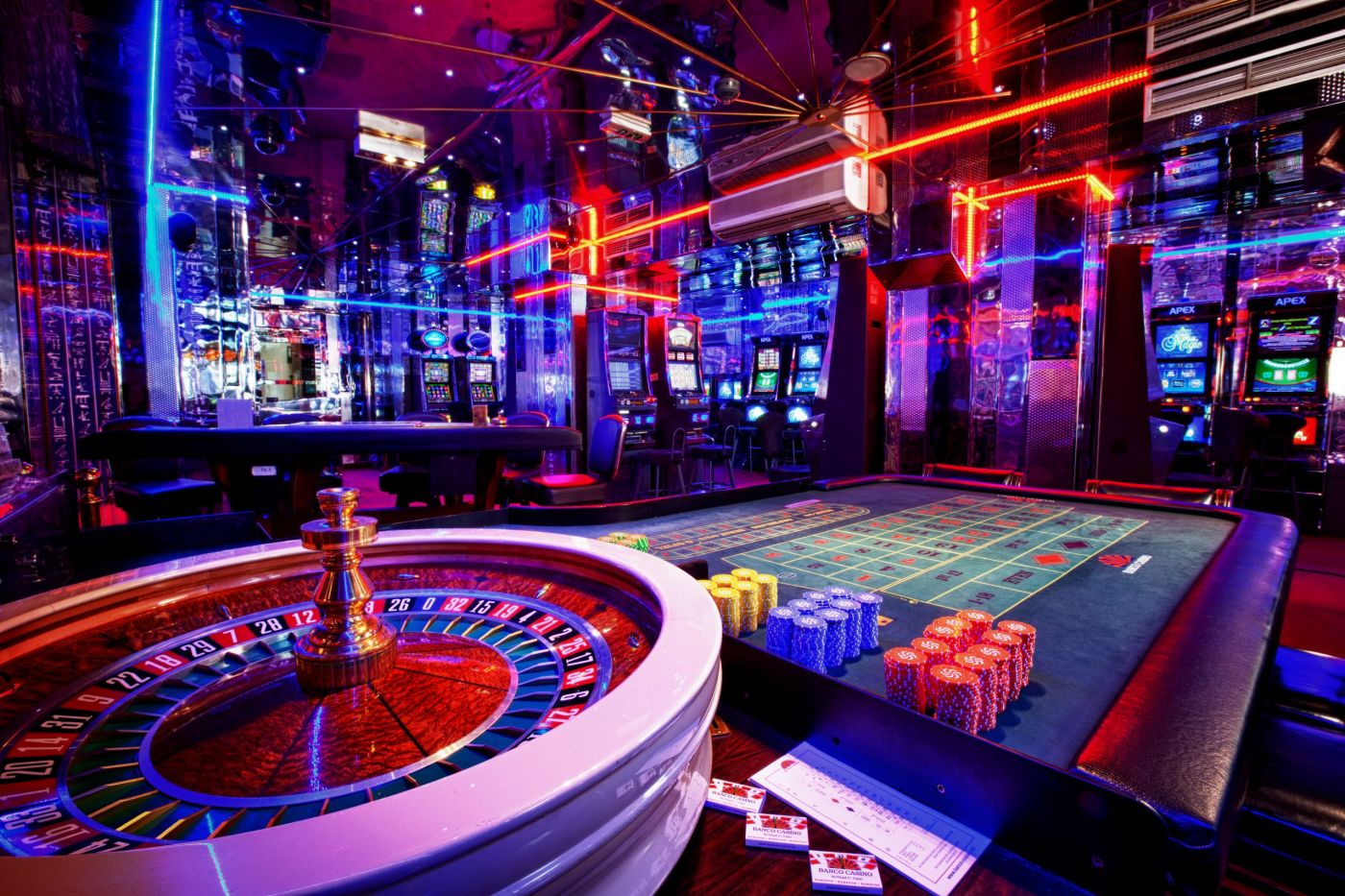
Comics has enchanted audiences around the globe with its engaging storytelling and distinctive artistic flair. Emerging from Japan, this unique form of comic art blends intricate visual styles with enthralling narratives, making it a significant cultural phenomenon. As readers delve into the vast world of manga, they encounter a multitude of art styles, each evoking different emotions and themes, mirroring the wide-ranging stories that this medium offers.
Understanding the distinct art styles in manga not only enhances the reading experience but also provides understanding into the characters and the worlds they inhabit. From the traditional shonen with its bold lines and energetic characters to the more delicate, more detailed aesthetics found in shoujo, each style has its own charm and fascination. This visual guide intends to explore the multitude of techniques and characteristics that define manga, assisting both newcomers and seasoned fans appreciate the artistry that breathes life into these stories to life.
Well-Known Comic Art Styles
Manga encompasses a wide range of art styles that reflect the creativity and cultural influences of its creators. One of the widely recognizable styles is Shonen, which is often characterized by dynamic characters, thick lines, and a emphasis on adventure and excitement. This style appeals to teen audiences and includes series like Naruto and One Piece, where exaggerated expressions and striking poses convey the drama of battles and emotions.
On the other hand, Shojo manga presents a more delicate aesthetic with delicate lines and intricate backgrounds, often aimed at a younger female demographic. This form emphasizes love, relationships, and personal growth, featuring characters with large, expressive eyes that highlight their emotions. Popular Shoujo series like Sailor Moon and Ouran High School Host Club show this artistic form, drawing readers into enchanting worlds of romance and friendship.
Seinen manga and Josei manga are forms that cater to mature readers, featuring adult-oriented themes and sophisticated characters. NetTruyenViet Seinen is aimed at men and tends to have a less exaggerated portrayal of life, showcasing emotional depth and complex storytelling. Meanwhile, Josei focuses on the lives and relationships of women, often with a more realistic perspective. Comics such as Berserk and Nana: The Story of Friendship illustrate the uniqueness of these styles, appealing to readers who seek a more profound narrative and a sophisticated artistic style.
Character Design
Designing characters in anime involves a wide array of methods that bring characters to life and make them distinct. One fundamental approach is the use of recognizable silhouettes. Artists often create original shapes for their characters that immediately convey their personality or role in the story. This technique not only helps in distinguishing characters from one another but also assists in visual storytelling, as viewers can glean information about the character simply from their outline.
Another successful method used in manga character design is the utilization of enhanced features. Artists frequently amplify certain attributes, such as eye shapes or hairstyles, to evoke specific emotions or characteristics. For example, large, sparkling eyes may represent purity or enthusiasm, while sharp, defined features might suggest a more threatening character. This exaggeration helps to rapidly communicate the essence of the character to the viewer, making it simpler for readers to form connections with them.
Lastly, color choice plays a vital role in character design. The choice of colors can provide understanding into a character’s personality, mood, and even their relationships with other characters. Bright and warm colors might imply a cheerful disposition, whereas darker hues can imply mystery or danger. By carefully selecting colors, manga artists can enhance the expressive effect and visual appeal of their characters, making them more appealing for the reader.
Tinting and Shading Methods
In the field of graphic novels, pigmentation and gradient are vital methods that make the artwork to life. Traditional comic art often uses black and white tones, but many artists adopt digital tools to add vibrant colors. The use of uniform colors is prevalent, where large areas are painted with a uniform hue to create a dramatic contrast with the fine line work. This method maintains the sharpness of the illustration while improving the visual presence, making the characters and scenes pop.
Shading in comic art commonly employs techniques such as tone application, hatching, and color transitions. Tones, a mainstay in manga creation, are adhesive sheets with textures that artists apply to achieve multiple textures and shadowing effects. Line layering involves building up lines to create dimension and richness, adding a sense of realism to hair, clothes, and backgrounds. Artists may also use gradients, transitioning from illuminated to dim, to represent light and shadow, creating a more dynamic and multi-dimensional appearance.
Modern technology have revolutionized coloring and shadowing techniques in modern graphic novels, allowing for more experimentation and efficiency. Software such as Adobe Photoshop offers a variety of brushes and effects, giving artists the capacity to blend colors seamlessly and add complex textures. This modern advancement facilitates rapid adjustments, enabling artists to explore their creativity without the barriers of traditional media. As a outcome, the contemporary graphic novels landscape is increasingly multifaceted, showcasing diverse tinting styles that cater to multiple aesthetic preferences.